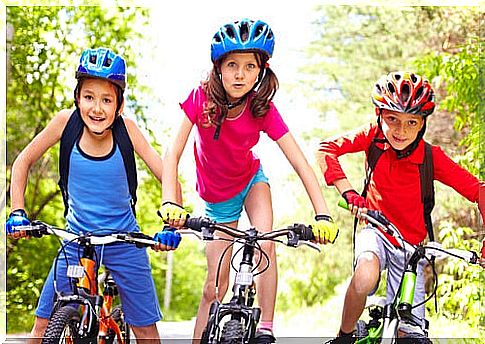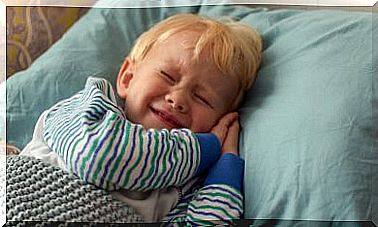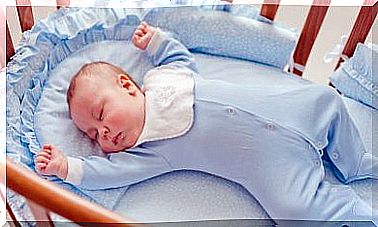Fencing For Children

Fencing is a combat sport in which two people or “shooters” face each other. The objective is to touch the opponent in certain parts of the body, which add up to different points. Whoever scores the most points will win the match.
Although this sport is often practiced and taught with the purpose of creating athletes suitable for professional competitions, it can also begin to be practiced as a hobby, either for a specific or indefinite period of time.
Fencing is a good alternative for our children to entertain themselves and learn to have discipline, ambition, motor coordination, among other aspects.
Parents can consider fencing for children as an extracurricular activity or a summer activity, as it is a sport that puts the whole body in motion. It works all the muscles and allows you to acquire flexibility, endurance, energy and agility.
Fencing for children is an activity that will develop all the physical and mental abilities of the child.
When can you start practicing?
In the case of children’s fencing, there are places where new fencers are accepted from the age of five or six. However, the ideal age to start practicing this sport is between 8 and 10 years of age.
Similarly, for their most professional practice, children from 10 years of age are recommended. In fencing for children, they can also change sabers, swords or foils, in addition to certain rules.
Smaller and lighter bladed weapons are used in children’s fencing , so that the child can maneuver it easily, and the dimensions of the fighting court are also reduced, which is exactly around 10 meters.
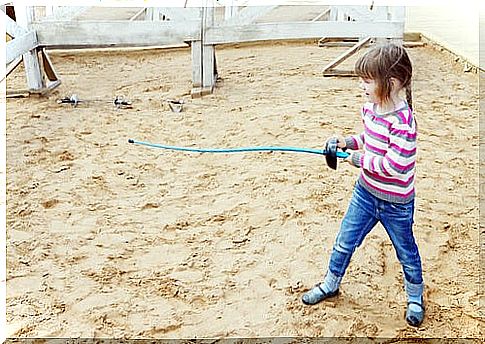
Fencing benefits for children
If you are still not convinced in choosing this sport as a good activity for your children, you should know that it brings multiple benefits.
Fencing for children allows them to enhance their physical and mental dexterity, while acquiring discipline; since it is a very complete sport.
- Develops psychomotor skills.
- Fa cilitates the decision – making process.
- Increases the intellectual capacity of the child.
- Instructs to control impulsive reactions and emotions.
- Teaches to respect the adversary and other competitors.
- Encourage readiness for education.
- Increases the ability to coordinate, maintain balance and gain greater speed.
- Improve reflections.
- Improves physical endurance.
- It encourages the desire to excel and teaches how to accept defeats.
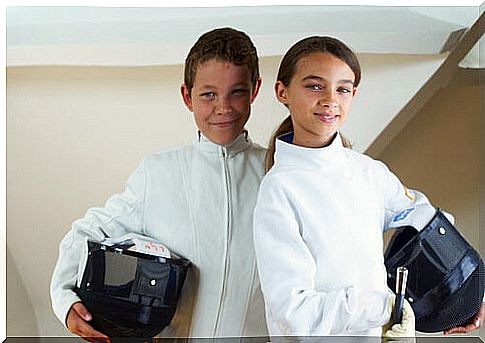
The necessary equipment
Fencing for children presents obvious differences from professional practice.
As for the similarities, both in professional practice and in children’s practice, the equipment must be very well adapted to the fencer’s measurements. Nothing can be baggy or too tight. This will help the fencer to maneuver correctly and comfortably.
To start the practice you must have the necessary equipment:
- A jacket that must comply with parameters such as: it must be buttoned and the collar must be raised, so that it does not expose any sensitive area. For its part, the pants must also be in good condition.
- The child should wear gloves of his size. Gloves must cover the hilt of the jacket.
- For its part, the uniform mask must be in optimal condition and must be tight so that it does not fall off when the fight begins.
- The weapon can be a saber, foil or sword, the choice of which will depend on the discipline that the child is going to initiate, but indifferently all these bladed weapons have a hilt and an elongated part. The size of this weapon will depend on the child.
Fencing for children is a very beneficial sport since it helps the child to develop his reflexes, as well as the physical skills that he will need to handle the saber, the sword or the foil, depending on the particular case.
